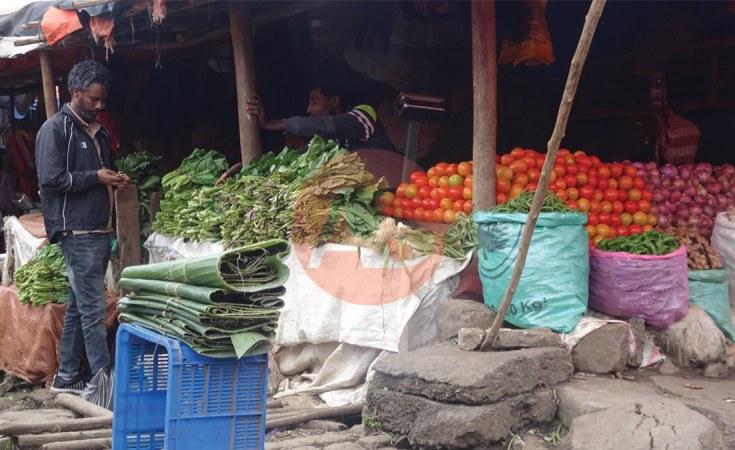Kenya finds itself at a crucial juncture in its economic trajectory. The Kenyan shilling (KES) has experienced significant depreciation against the United States Dollar (USD) and other major world currencies in recent months. For the first time, the KES has hit a record high of KES.160 to the USD. Equally, the KES has lost value against its East African sister nations' currencies, Ugandan Shilling (UGS) and Tanzanian Shilling (TZS).
This depreciation has brought economic challenges, driving up import costs of food, fuel, raw materials, and medicine, among many others. The resultant inflationary pressure for Kenya has had a huge impact on the overall cost of living. The Kenya Association of Manufacturers (KAM) firmly believes that embracing an export-led growth strategy holds the potential to reverse the situation and mitigate against the free fall of the local currency.
Export-led growth has proven to be an effective strategy for developing economies facing currency depreciation and trade imbalances. By harnessing the nation's manufacturing potential and diversifying export markets, Kenya can bolster its economy and restore the value of its weakening currency. In 2023, KAM undertook an extensive sectoral deep dive to evaluate the export potential for Kenya across 20 value chains. The textile and apparel, leather and footwear, pharmaceuticals, and building and construction sectors among many others, have great potential for growth and exports.
About 60 years ago, South Korea was one of the poorest countries of the world, with a GDP per capita of no more than US$ 87. Comparatively, Kenya had a GDP per capita of US$ 107 at the time, hence doing better than South Korea. In 2023, Kenya's nominal GDP is circa US$ 110B while South Korea's GDP stands at US$ 1.7trillion. On this background, Kenya can retrace the economic growth pathway and perhaps copy and paste South Korean development model and change our policy stance in favour of export-oriented policies and move on to the high growth trajectories.
While advocating for export-oriented policies, it is important not to lose focus on import substitution. In agriculture for example, KAM's analysis of several value chains, through the Agriculture for Industry (A4I) initiative, has identified enormous opportunities to save billions of dollars spent to import basic food items. Suffice to say that Kenya spent over US$ 3B (circa KES 500B) in 2022 on the import of food, including maize, rice, edible oil, peanut, and poultry products. Most of these food products are imported because Kenya has failed to organize the value chains and realize self-sufficiency. While the farmers are complaining about the lack of a market for their produce, agro-processors are equally unable to access quality raw materials from the country.
It is unfathomable how Malawi, a country with a nominal GDP of US$ 13B, supplies over 90% of peanuts for industrial production worth circa KES 5 billion to Kenya. Through KAM's A4I agenda, we are organizing value chains with a specific agenda of providing the aggregate demand data and linking agro-processors with farmers. By organizing our value chains and linking agriculture with industry, Kenya will immediately stop the hemorrhage of forex currently going to the import of food, raw materials and intermediate raw materials for industrial processing. However, this requires fact-based, data-driven decision-making to have a managed transition and avoid the negative unintended consequences brought forth by the provisions of the Finance Act, 2023.
To achieve successful export-led growth, Kenya must enhance its competitiveness to be able to compete with other nations in the international marketplace. With increased market access through various trade agreements such as the EAC, COMESA, AfCFTA, EU-Kenya EPA, and AGOA, Kenya must up its game to fully maximize the opportunities and avoid losing out to other countries such as Egypt, Tanzania, Ethiopia, and Uganda. By enhancing our global competitiveness through world-class quality, pricing and availability, Kenya's export growth will be beneficial to the economy.
The successful implementation of an export-led growth strategy necessitates strong partnerships between the government, private sector, and other stakeholders. Collaboration will ensure a coordinated approach towards realizing a common objective: revitalizing Kenya's currency.
Utilizing an export-led strategy will not only strengthen Kenya's manufacturing sector but also improve the welfare of its citizens. As a nation, we must seize this opportunity and work together to propel Kenya towards economic resilience, elevating our global standing and guaranteeing a brighter future for generations to come.
The writer is the Chief Executive Officer of the Kenya Association of Manufacturers and can be reached at ceo@kam.co.ke
About The Author


